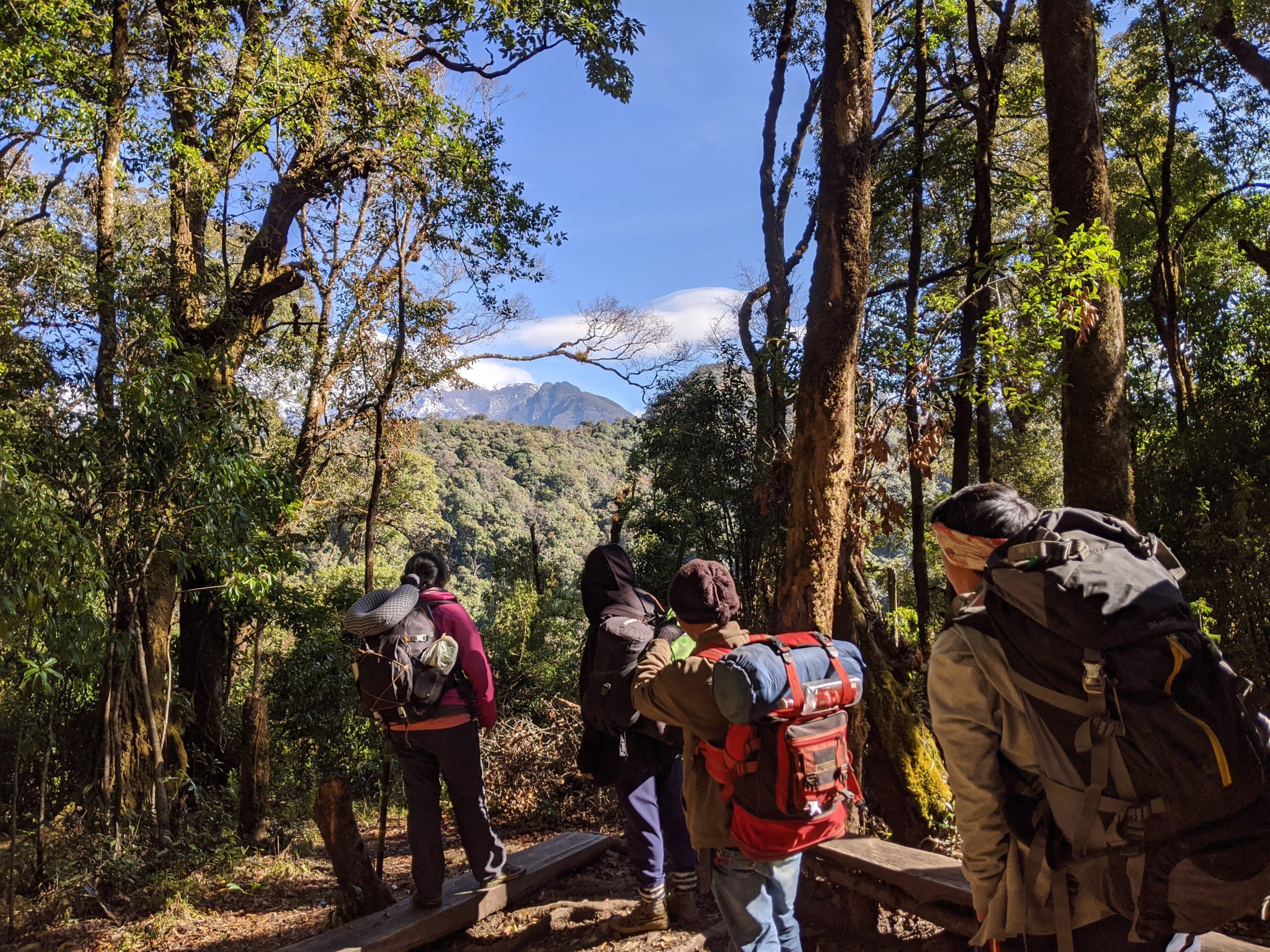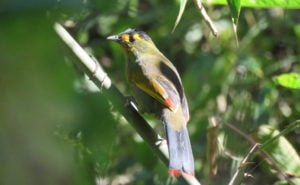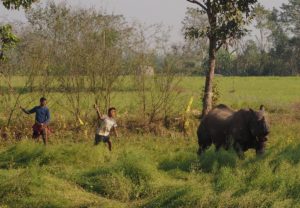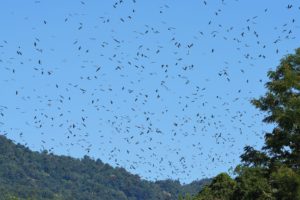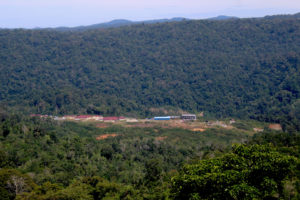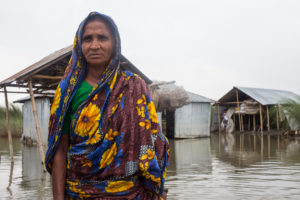The mountainous state of Nagaland in northeast India lies in one of the most biodiverse areas on Earth. More than half of the state is still covered by forest. With only one small national park and two wildlife sanctuaries, 88% of Nagaland’s forests are owned and managed by the communities who live alongside them.
This year, the world’s governments are negotiating a new framework of targets under the Convention on Biological Diversity to prevent catastrophic biodiversity loss and ecosystem collapse. Attention has turned to what targets like protecting 30% of land and sea will mean in practice for communities living in biodiversity hotspots. It is increasingly recognised that the experiences and perspectives of indigenous people and local communities must be at the forefront of protected area management and design.

Ramya Nair is a researcher leading a project in Thanamir village, Nagaland, on the India-Myanmar border, with the NGO Wildlife Protection Society of India (WPSI). The indigenous Yimkhiung Naga residents own and manage a roughly 65-square-kilometre community forest. The Third Pole spoke with Nair to learn how her research, conducted collaboratively with the people of Thanamir, aims to provide recommendations for the management of their forests in the interest of both wildlife and local livelihoods, while shining a spotlight on how local practices have kept the area’s biodiversity alive.
The Third Pole (TTP): How did your project come about, and what are its aims?
Ramya Nair (RN): The project was set up when the local community approached WPSI and said, ‘We want to know what animals live here and how to better protect them.’ WPSI’s local teams had conducted ad hoc surveys on mammal diversity for a few years, but there had been no systematic research. I joined the project with the idea of developing better structure around this work and generating robust socio-ecological baselines.
But our focus is not just ecology. We also want to understand the complex relationships people share with the natural world, including dependence on nature. Ultimately, we want to provide data and recommendations back to the village council on forest management, which are based in ecological and community wellbeing.
We’re trying to follow a collaborative model with equitable involvement of local people at every stage of the process, as much as possible. In our team of eight, seven are local residents, who have been working to place camera traps in the community forest. When placing camera traps, we go to the forest for a stretch of a week to 10 days. We often go birding in the morning and evening. Then, they have their own livelihoods to look after.
It was the community who reached out in the first place, who motivated this project
TTP: What are the main threats faced by these forests and their wildlife?
RN: There aren’t a whole lot of sources of cash income, so most people depend on nature in one way or another. Farming is largely for subsistence and doesn’t create much income. Government aid is hard to come by. People depend on logging and limited hunting to generate much-needed cash for basic expenses like school fees for children. These do create pressures on the forest and wildlife.
We would call hunting sustainable where there is a healthy wildlife population, calibrated with local practices, and where consumption is mainly at a local scale, not so much to generate a sustained cash income.
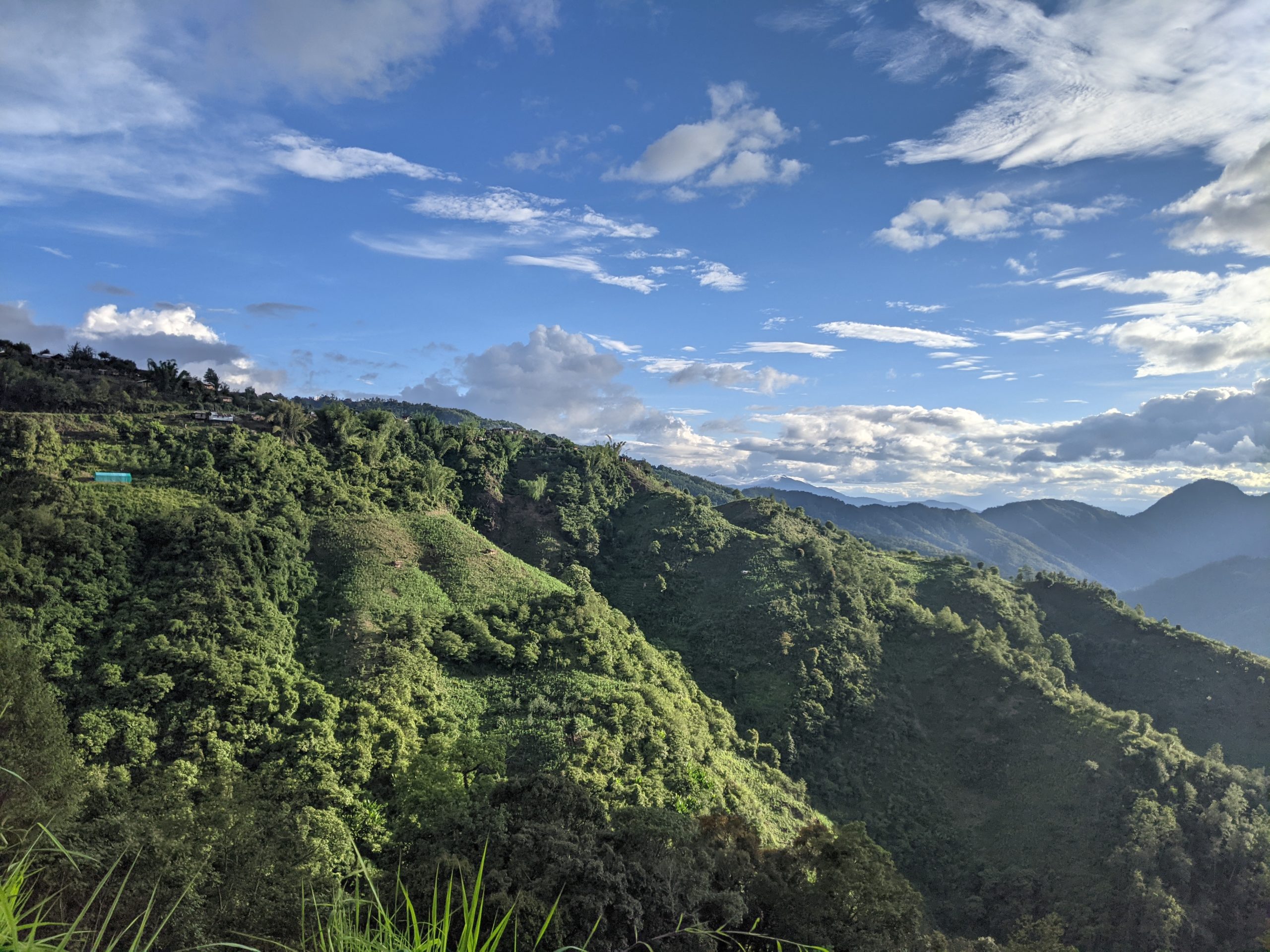
TTP: What kind of protection does the forest receive at present?
RN: Unlike in much of India, the majority of forests in Nagaland are legally owned and managed by local communities. Each village has its own forest with different management systems in place. At the village level, governance takes place through village councils. Alongside this, there are very active student unions who play a significant role in governance.
In 2014, the Thanamir student union instituted a multi-part ban on hunting in the forest. There’s a small area – perhaps 5% of the forest – where all hunting and extraction is prohibited, and another part of the reserve with a seasonal five-month ban on hunting. Then there are also species-specific bans on hunting across the entire forest. For example, hunting of tigers, hoolock gibbons, gaur [a large bovine native to South and Southeast Asia], sambar [deer] and tragopans [a species of pheasant] are completely prohibited.
Even though nearly 98% of Nagaland is now Christian, local belief systems across much of the state are an intricate blend of animistic beliefs and biblical teachings. Big cat hunting is taboo for most Naga people, and narratives about tiger spirits still prevail across many communities. Sightings of tigers, however, have been increasingly rare in this landscape in the past several decades.
This was the backdrop we were entering into: local bodies are instituting management systems to protect the forest and its wildlife.
TTP: What kind of wildlife did you find?
RN: It was amazing, we found an abundance of wildlife: 23 mammal species, excluding rodents. We found clouded leopards, Asian golden cats, marbled cats and leopard cats, Asiatic wild dogs (or dhole), Asiatic black bears, Indian muntjac deer, red serow [a wild goat], giant squirrels, spotted linsang [a species of civet], yellow-throated marten and yellow-bellied weasel. We also had two macaque species, the Assamese macaque and the stump-tailed macaque.

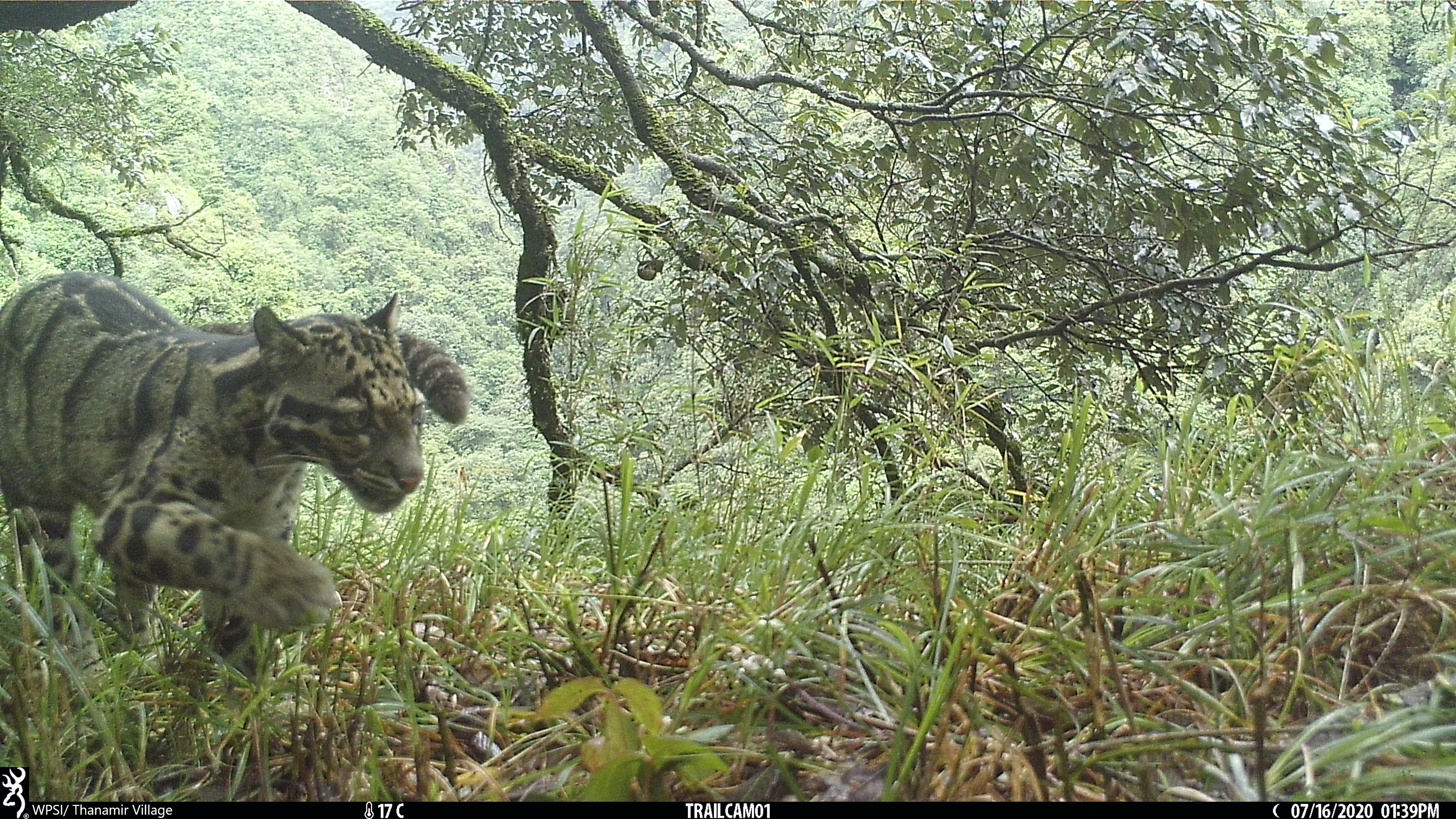

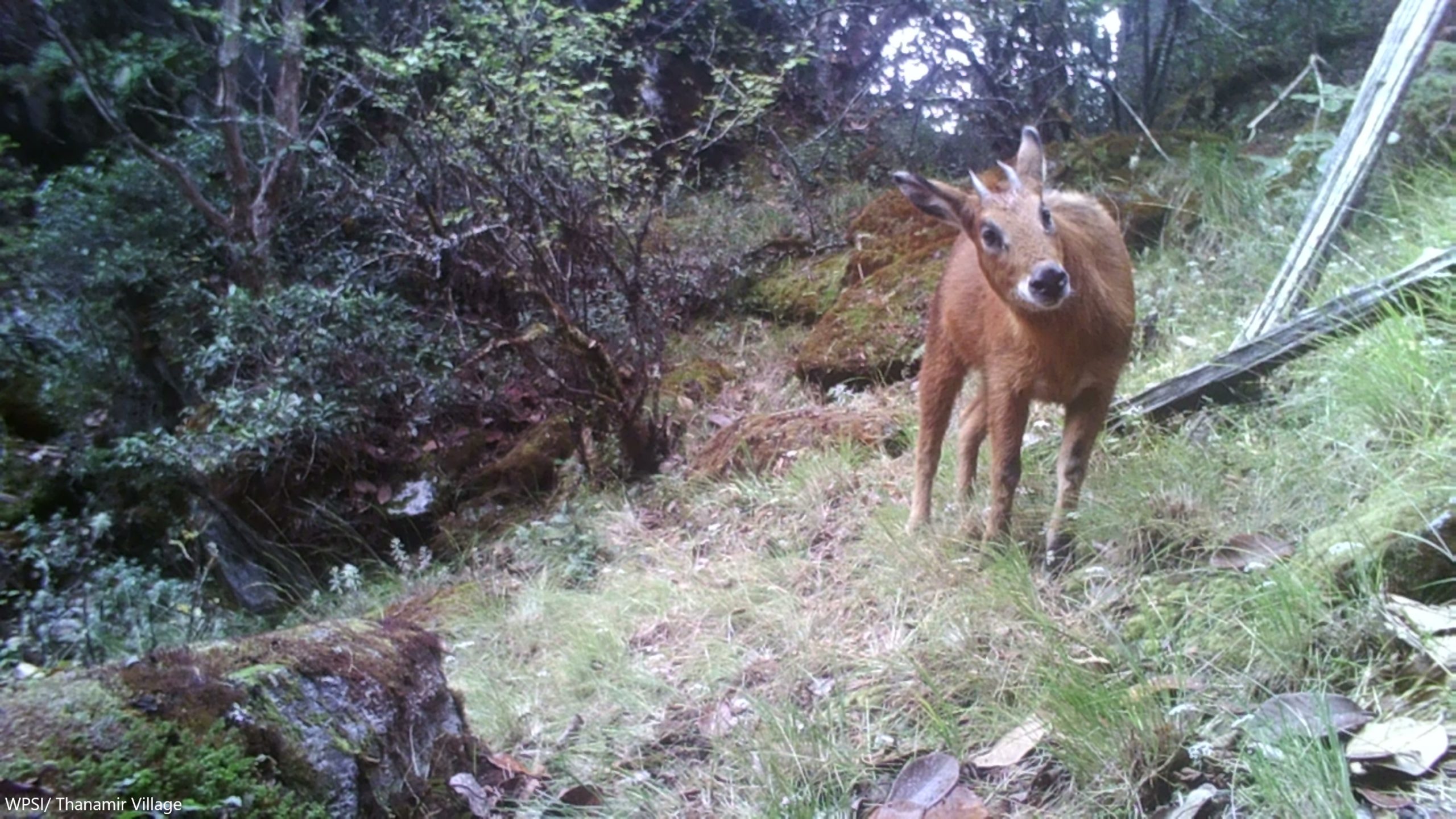
Most of these species were familiar to the local community. Elders and hunters had a little trouble identifying the golden cat, which is understandable because it comes in many different morphs [colour variations]. There was also speculation on the local name for the clouded leopard, because it’s so elusive and few people have seen it.
We got some stunning pictures of the Blyth’s tragopan, the state bird of Nagaland. We learnt that the seasonal hunting ban had been instituted with birds in mind – the site where hunting was restricted was where people said birds thrive. We wanted to put this to the test by systematically monitoring bird populations. So we underwent training to survey the bird diversity and populations. In under three months, we have already documented over 210 bird species.
My team has incredible local knowledge of hundreds of bird species, including their behaviour and migratory patterns. Now they’ve been working really hard to learn English names, how to use a field guide and how to take surveys. This can seem quite foreign to them because they are hunters, so it’s bringing in a different dimension to their relationship with birds and animals in general. They now independently collect data on bird diversity and population through transect surveys, and share this data on citizen science platforms such as eBird.
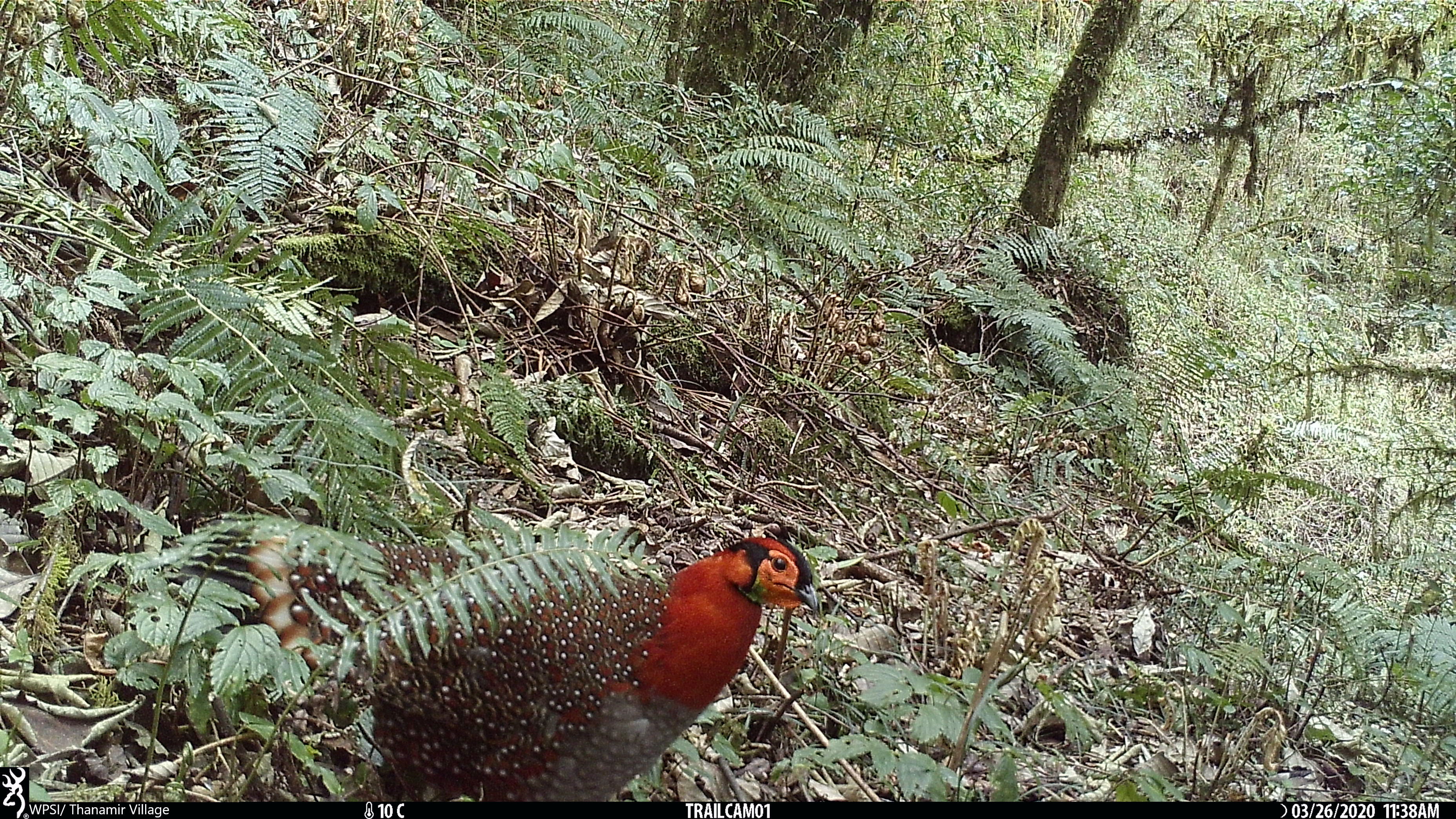
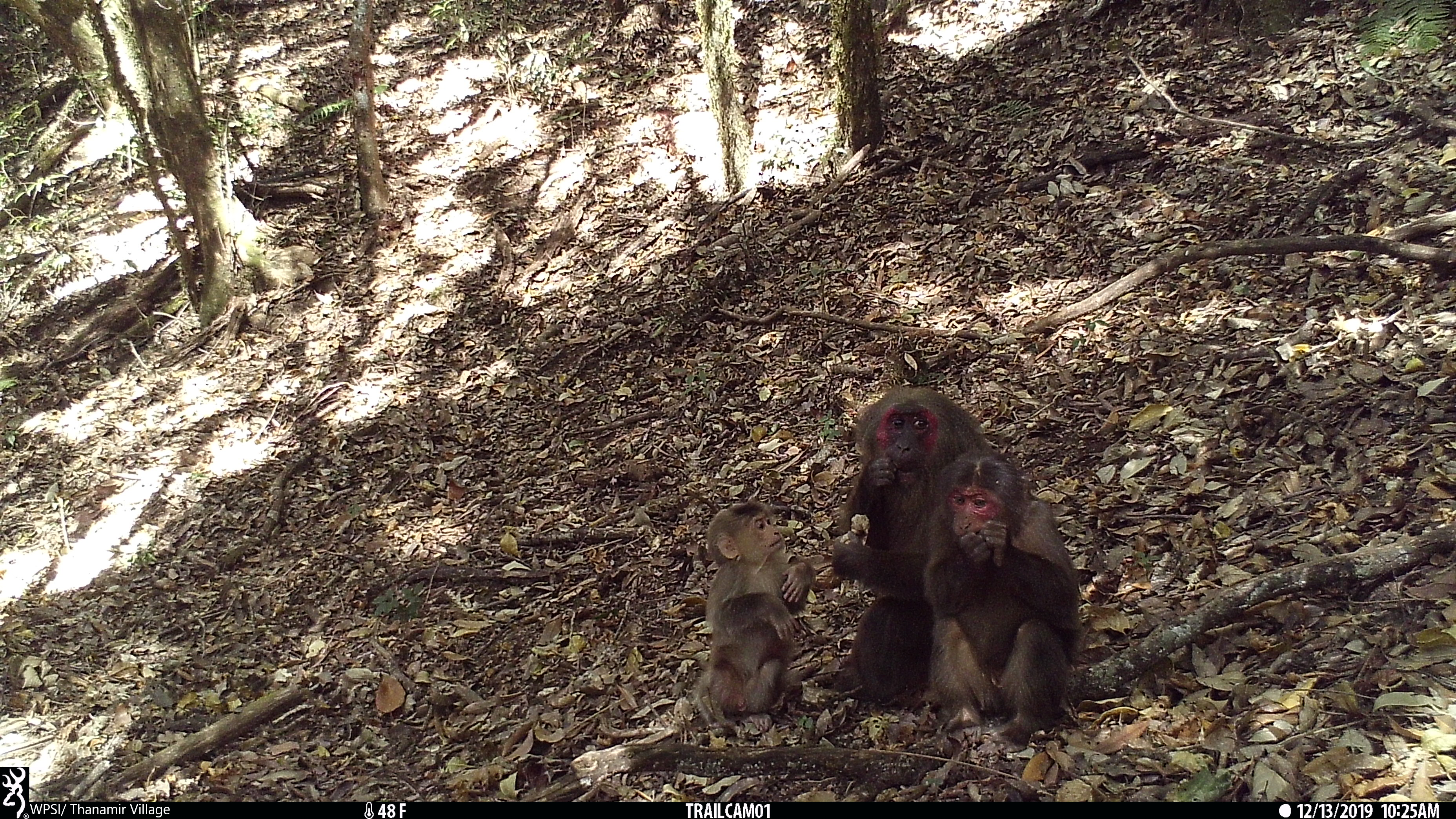
TTP: Is there much ecotourism activity in the area?
RN: Thanamir community forest contains Nagaland’s highest peak – Mount Saramati – so a lot of trekkers would come pre-Covid, but until now there’s been no birding-related ecotourism. That’s something we’re trying to work towards. Our intention with the training was both to set up a monitoring system, and to help our team become bird guides. It’s an incredible place – even if you just walk around the village, you can often see 30-40 species in an hour, including a lot of rare seasonal migrants.
TTP: How many women are involved in the project?
RN: Unfortunately I’m the only woman on the team. This was something that hit me in the beginning: I increasingly found myself in all-male spaces. This is a largely patriarchal society and the forest is considered a man’s space. It is now a priority for us to find and support more local women to join the team.
TTP: Do you expect that the baselines you’re working on could help to define what is sustainable hunting in this area?
RN: I hope in the long run we can, if not define, then shed more light on the fact that healthy wildlife populations can sustain some level of hunting in such landscapes, especially when people have such intertwined relationships with wildlife.
TTP: How would you say your project differs from other conservation projects?
RN: The most striking thing is that it was the community who reached out in the first place, who motivated this project. What also stands out for me is the nuance and sensitivity that we’re trying to bring in with regards to hunting. We’re not taking a moral stance on it, and we’re working through the system that already exists, rather than trying to come in as outsiders and immediately change it. I don’t think that hunting can be completely eradicated, or even should be in this kind of landscape.
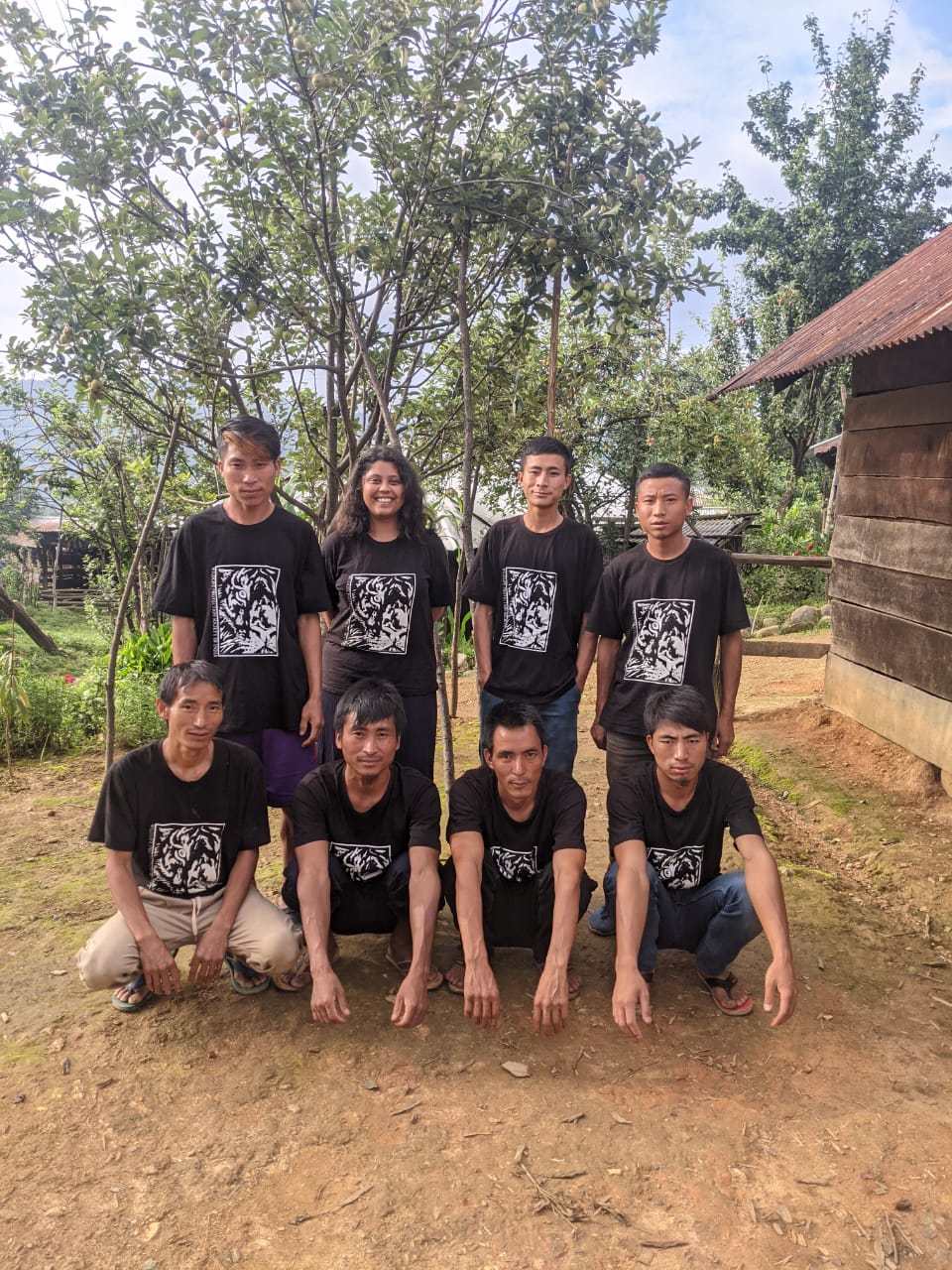
A lot has been said about food habits in Nagaland, about how food eaten here is not considered food in the larger political landscape of India. I think when we come into such landscapes and have moral standpoints on hunting, it can be humiliating to local people and also disrespects and disregards motivations around hunting.
Hunting is not new in human history; in fact, modern humans have existed as hunter-gatherers for most of our evolutionary history. And even today, in the age of the ongoing extinction crisis, not all hunting is the same. Not all of it is intensive and for the global trade. A lot of people conveniently link hunting to either trade or just protein intake, but what we often miss out on is the preference that people may have for wild meat and the complex relations people maintain with the hunted animal. Wild animals have multiple meanings for many people. If we do not engage with these existing bio-cultural systems in a respectful, nuanced and open-minded manner, we’re already behind on trying to motivate change where needed.
Local leadership is what has always sustained these forests, and I hope that will continue
TTP: What are your hopes for the impact of this work?
RN: I hope that the youth and the general public here will take this work forward. Local leadership is what has always sustained these forests, and I hope that will continue. I’m also hoping this motivates neighbouring communities to take up leadership and engage in more dialogue on conservation.
Another thing I’m hoping for is that we look at alternative models of local conservation, especially in landscapes such as Nagaland where hunting is complex and multifaceted. A lot of narratives come out of Nagaland that these are empty forests, that everything has been hunted out. But when you really engage with such places in more meaningful, rather than dismissive ways, it has the capacity to really surprise you. People surprise you, and the way they live alongside and engage with wildlife is so intricate. Bringing these nuances to light has the capacity to change the way we think about conservation and engage with people in more meaningful, equitable and respectful ways.
